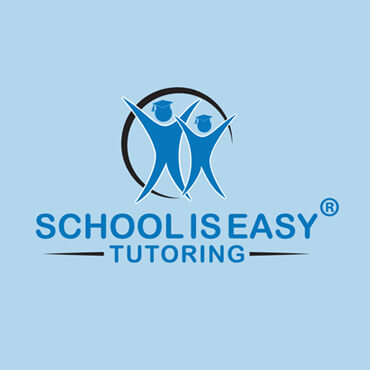Coming up with new ideas for school lunches can be a challenge. There are fun ways to encourage young children who are learning to read and write to practice literacy skills even during lunchtime. One way you can help your kids get familiar with their letters and sounds is to create lunches based on a letter of the week. Here are some fun literacy lunch box ideas for you to try.
Brainstorm lunch box ideas together
If kids are involved in planning their school lunches then they will be more likely to eat their lunch. If you are doing a letter of the week theme then have your kids help you come up with the ideas for the lunches at the beginning of each week. Ask them to choose some fruits and veggies that begin with the letter of the week as well as some special crackers and snacks. Making sandwiches in the shape of an animal that begins with the letter of the week can be fun too! Kids can even help put their school lunch together the night before so they get extra literacy practice and will be anticipating the yumminess that they get to enjoy the next day at school.
Use letter shaped cookie cutters to spell words
Cookie cutters can be used for more than just cookies. You can use letter shaped cookie cutters to cut out all sorts of lunch friendly foods. You can spell out your child’s name with cheese or cut a sandwich into letters that spell a word. If you are following the letter of the week theme you can spell a different word in your child’s lunch box that begins with the letter of the week. Apple slices can be cut with cookie cutters and so can slices of lunch meat. Have fun creating literacy filled lunches.
Choose foods that begin with the same letter
Pack a creative lunch where every item in the lunch box begins with the same letter of the alphabet. Have your child write a list of all of the items that they can figure out. When they get home they can check their list and see if they were able to name all of the items that begin with the letter of the week. For the letter “M” you could pack moon shaped apple slices, a meat sandwich with mayonnaise, mustard and mozzarella, mango and melon fruit cup and a mint for dessert. These are lunch box ideas that keep your kids excited about lunchtime wondering what they will find every day.
Include instructions in your kids’ lunch boxes
Send your child a list of instructions for how to make something from the items in their lunch box. This will challenge them to read the instructions and follow them in order to come up with the final result that they can then devour. You could list the steps to building a sandwich (and pack the ingredients separately in little bags or containers). You could also provide the separate components for a yogurt parfait with fruit and granola. Your child can then follow the instructions of how to layer the different ingredients to make their delicious treat. Kids like to make their own food and this will allow them to do that- plus it will save you time when making their lunch because you don’t have to put all of the items together for them.
These are just a few literacy themed lunch box ideas to get you started. Get creative with your kids lunches and encourage them to try new healthy foods. If you have fun making your child’s lunch then chances are they will have fun eating it!
